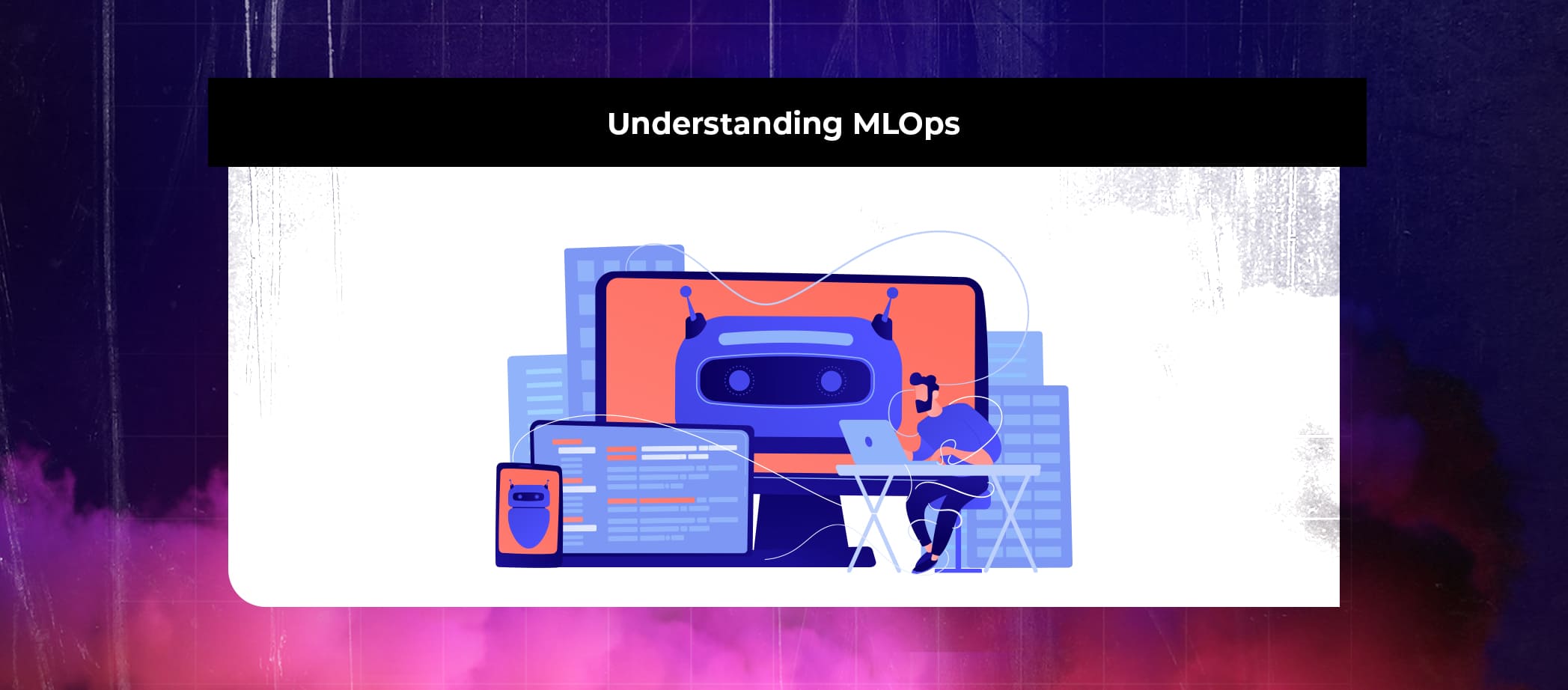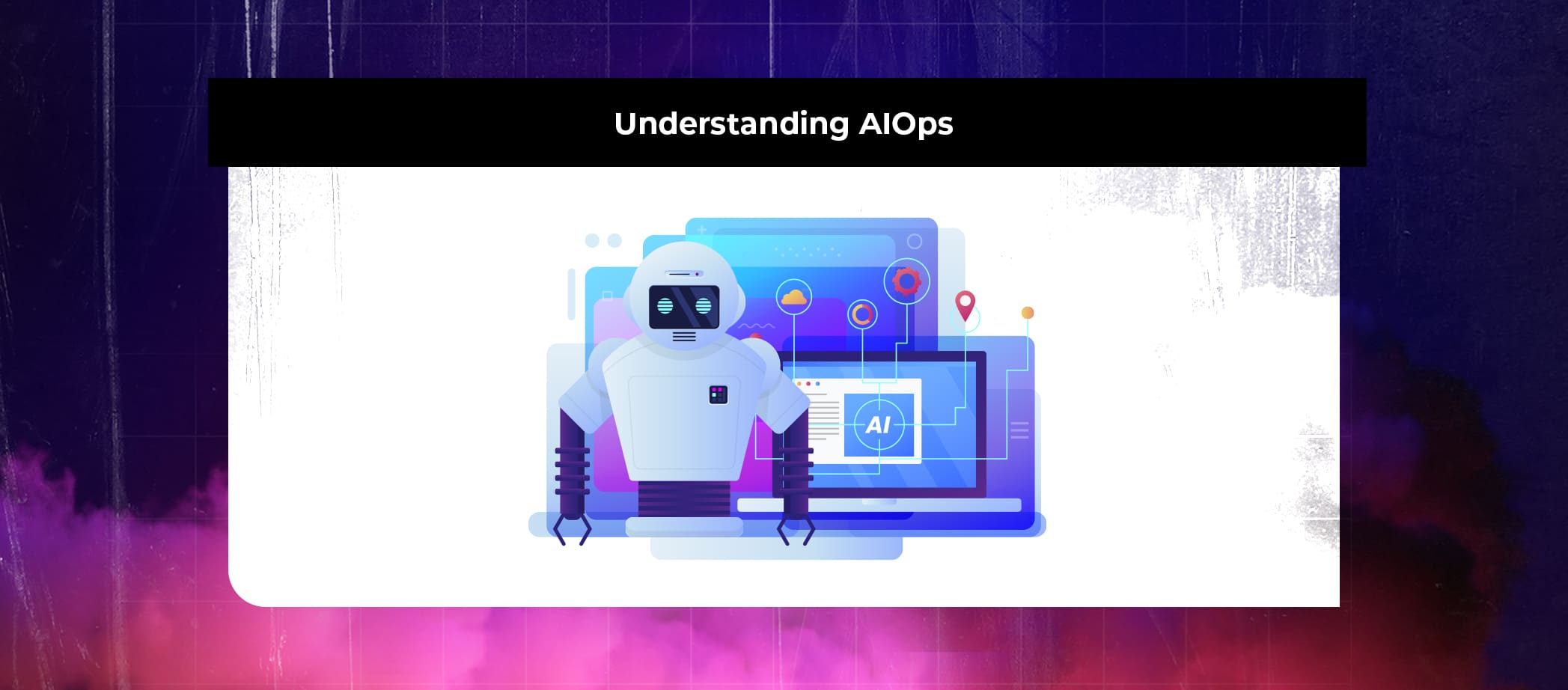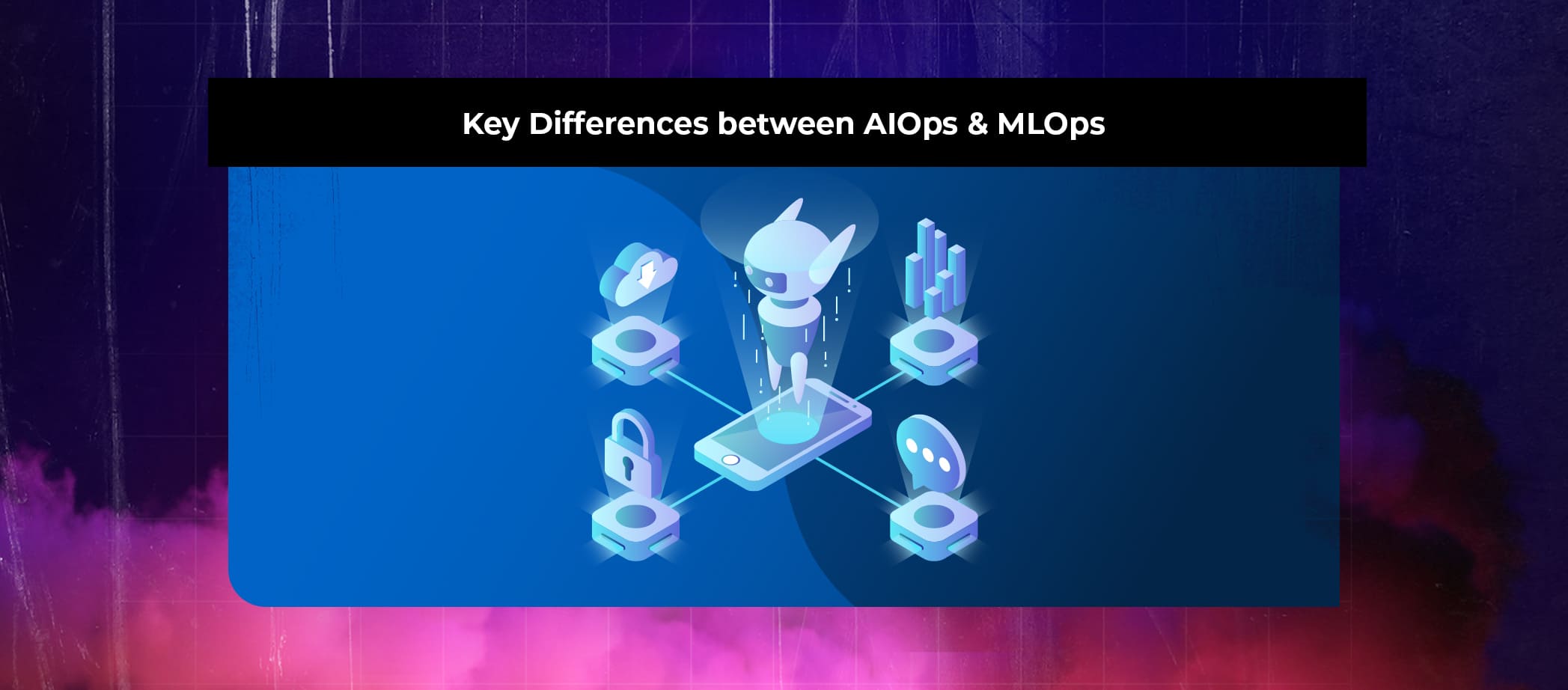
Machine Learning Operations (MLOps) and Artificial Intelligence for IT Operations (AIOps) are two emerging disciplines that address the challenges of managing machine learning models and optimizing IT operations. While both MLOps and AIOps involve leveraging AI and ML techniques, they have distinct focuses and offer unique benefits. In this blog, we will explore the key differences between MLOps and AIOps and delve into the specific benefits they provide to organizations.
PeoplActive is an ISO 27001:2013 certified leading tech hiring platform. By utilizing an exclusive network of 4000+ Silicon Valley caliber tech talent specialized in 100+ in-demand IT skills, it was pretty easy for businesses to hire game-changing Engineers and developers in just 48 hours. So, if you want to accelerate your business, schedule a quick call with our experts now.
Understanding MLOps
MLOps refers to the set of practices and techniques used to streamline and automate the lifecycle of ML models. It encompasses the entire ML workflow, including model development, deployment, monitoring, and management. The primary objective of MLOps is to ensure the reliable and efficient deployment of ML models into production environments.

Key Components of MLOps
Model Development
- Data Preparation: MLOps involves data preprocessing and feature engineering to ensure the quality and relevance of training data.
- Model Training: This step focuses on selecting appropriate algorithms, fine-tuning hyperparameters, and optimizing the model’s performance.
- Evaluation and Validation: MLOps emphasizes rigorous testing and validation of models to ensure their accuracy and reliability.
Model Deployment
- Containerization: ML models are often deployed within containers to ensure consistency and portability across different environments.
- Orchestration: MLOps leverages orchestration tools to manage the deployment and scaling of ML models.
- Integration: ML models need to be integrated with existing systems and workflows for seamless operation.
Ready to revolutionize your machine learning operations?
Continuous Integration and Continuous Deployment (CI/CD)
- Automation: MLOps advocates for automating the testing, validation, and deployment processes, enabling rapid iteration and updates.
- Version Control: MLOps incorporates version control systems to track model changes and ensure reproducibility.
Model Monitoring and Governance
- Performance Monitoring: MLOps implements monitoring solutions to track model performance, identify anomalies, and detect drift.
- Compliance and Ethics: MLOps ensures that models adhere to regulatory and ethical guidelines throughout their lifecycle.
Also Read: https://peoplactive.com/future-of-devops-for-business/
Understanding AIOps
AIOps, on the other hand, focuses on leveraging AI and ML techniques to enhance IT operations. It aims to improve the overall performance and reliability of IT systems by automating various tasks and providing intelligent insights for proactive decision-making.

Key Components of AIOps
Data Collection and Analysis
- Data Sources: AIOps collects data from diverse IT sources, such as logs, metrics, events, and monitoring tools.
- Data Processing: AIOps employs data preprocessing techniques to clean, aggregate, and transform raw data into usable formats.
- AI-based Analytics: AIOps utilizes AI algorithms to analyze data and identify patterns, anomalies, and correlations.
Anomaly Detection and Root Cause Analysis
- Proactive Monitoring: AIOps employs anomaly detection techniques to identify deviations from normal system behavior and detect potential issues before they impact operations.
- Root Cause Analysis: AIOps helps IT teams quickly identify the underlying causes of incidents by correlating data from multiple sources.
Transform your operations with MLOps and AIOps
Automated Remediation
- Intelligent Automation: AIOps enable automated responses to incidents, triggering predefined actions or resolutions to minimize downtime and optimize system performance.
- Playbook Execution: AIOps can execute predefined playbooks or workflows to address common issues, reducing manual intervention and speeding up incident resolution.
Predictive Analytics
- Forecasting and Capacity Planning: AIOps leverages historical data and ML algorithms to predict future events, such as capacity needs or performance bottlenecks, enabling proactive planning and resource allocation.
- Service Level Optimization: AIOps helps organizations optimize service levels by predicting potential issues and taking preventive actions.
Also Read: https://peoplactive.com/how-to-build-devops-cross-functional-teams/
Key Differences
Focus
- MLOps primarily focuses on managing and optimizing ML models throughout their lifecycle.
- AIOps concentrates on enhancing IT operations and system performance using AI and ML techniques.
Scope
- MLOps primarily targets ML models and their deployment, monitoring, and governance.
- AIOps cover a broader range of IT operations, including monitoring, anomaly detection, automated remediation, and predictive analytics.
Data Sources
- MLOps deals with data specific to ML models, such as training data, predictions, and model performance metrics.
- AIOps analyzes diverse IT data sources, including logs, metrics, events, and monitoring tools.

Benefits
MLOps Benefits
- Streamlines ML model development and deployment processes.
- Enables efficient collaboration between data scientists and engineers.
- Automates model testing, validation, and deployment for faster iterations.
- Ensures reliable and scalable ML model deployments in production.
- Facilitates continuous monitoring and governance of ML models.
AIOps Benefits
- Enhances IT system performance and reliability through proactive monitoring.
- Automates anomaly detection and root cause analysis for faster incident resolution.
- Enables predictive analytics for proactive capacity planning and risk mitigation.
- Reduces manual intervention and human error in IT operations.
- Improves overall business productivity and customer experience.
Conclusion
MLOps and AIOps are both crucial disciplines that enable organizations to leverage AI and ML techniques effectively. While MLOps focuses on managing ML models throughout their lifecycle, AIOps enhances IT operations through advanced analytics, automation, and proactive monitoring. By implementing MLOps and AIOps practices, organizations can achieve streamlined operations, improved system performance, reduced downtime, and enhanced customer experiences, ultimately driving business success in the era of AI-driven technologies.
Hiring MLOps and AIOps engineers from PeoplActive can greatly benefit organizations in their pursuit of leveraging advanced technologies. These skilled professionals possess the expertise and experience necessary to successfully implement and manage MLOps and AIOps solutions. By leveraging their deep understanding of machine learning operationalization and IT operations optimization, PeoplActive engineers can help organizations streamline their processes, enhance efficiency, and drive innovation. From deploying machine learning models effectively to harnessing the power of AI-driven insights for optimizing IT operations, these engineers bring valuable knowledge and insights to the table. With their assistance, businesses can navigate the complexities of MLOps and AIOps with ease, unlocking the full potential of these technologies to achieve their organizational goals.
Looking to hire the top 3% engineers?




